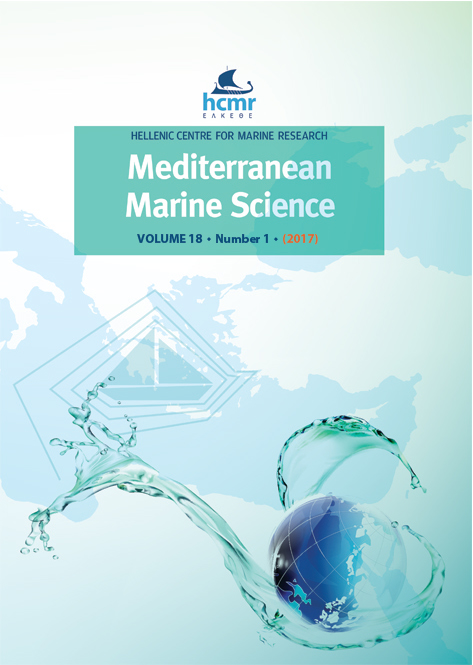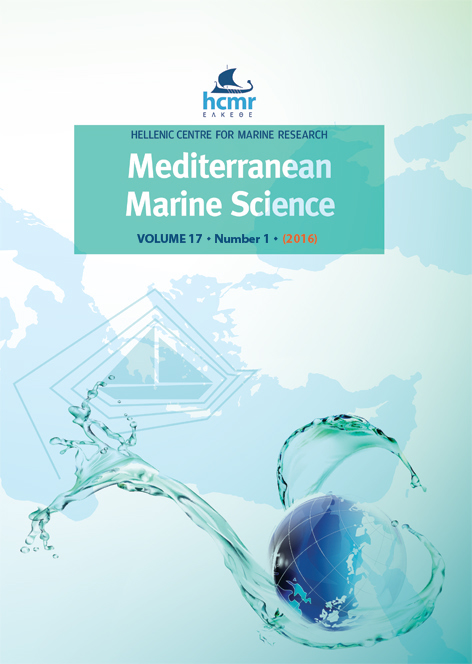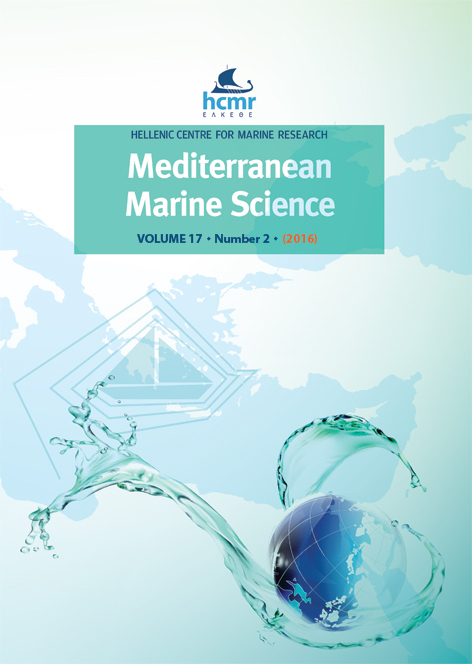Introduced marine macroflora of Lebanon and its distribution on the Levantine coast
Résumé
The marine macroflora introduced into Lebanon was studied through an analysis of historical data and field studies carried out since 1991. A total of 29 introduced species have been listed: 3 Chromobionta, 13 Rhodobionta, 12 Chlorobionta and 1 Streptobionta. Among them, Caulerpa taxifolia var. distichophylla, Spatoglossum variabile and Womersleyella setacea are recorded for the first time from Lebanon. Among them, Asparagopsis taxiformis, C. taxifolia var. distichophylla, Cladophora patentiramea, Codium arabicum, Codium parvulum, Galaxaura rugosa, Halophila stipulacea, Hypnea cornuta, Laurencia cf. chondrioides, Lophocladia lallemandii, Stypopodium schimperi, Ulva lactuca and Womersleyella setacea are potentially invasive species, and several of them already occupy extensive stretches of the Lebanese coast. The distribution of species on the Levantine coast, their dynamics and the current status of their populations are discussed.
Article Details
- Comment citer
-
BITAR, G., RAMOS-ESPLÁ, A. A., OCAÑA, O., SGHAIER, Y. R., FORCADA, A., VALLE, C., EL SHAER, H., & VERLAQUE, M. (2017). Introduced marine macroflora of Lebanon and its distribution on the Levantine coast. Mediterranean Marine Science, 18(1), 138–155. https://doi.org/10.12681/mms.1993
- Numéro
- Vol. 18 No 1 (2017)
- Rubrique
- Review Article
Authors who publish with this journal agree to the following terms:
- Authors retain copyright and grant the journal right of first publication with the work simultaneously licensed under a Creative Commons Attribution Non-Commercial License that allows others to share the work with an acknowledgement of the work's authorship and initial publication in this journal.
- Authors are able to enter into separate, additional contractual arrangements for the non-exclusive distribution of the journal's published version of the work (e.g. post it to an institutional repository or publish it in a book), with an acknowledgement of its initial publication in this journal.
- Authors are permitted and encouraged to post their work online (preferably in institutional repositories or on their website) prior to and during the submission process, as it can lead to productive exchanges, as well as earlier and greater citation of published work (See The Effect of Open Access).








